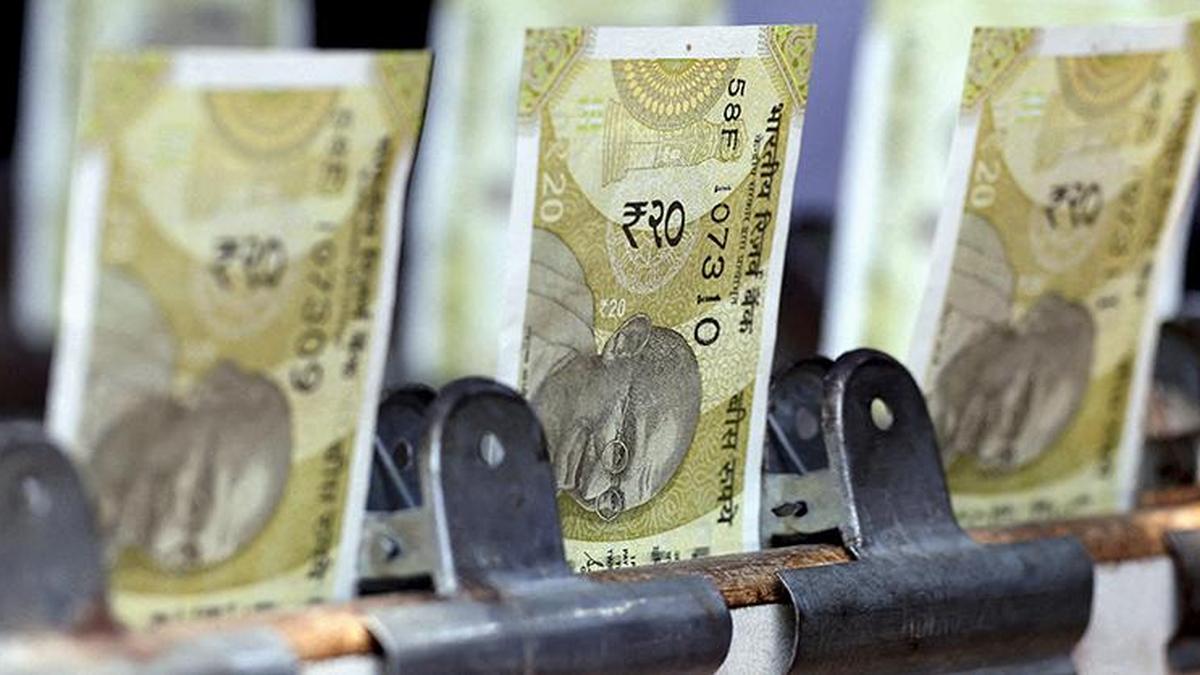Index
Show
Dollar slips as markets shift
The U.S. dollar eased, with the dollar index falling 0.16% to 99.90. Traders dialed back on dollar bets as market focus shifted to interest-rate expectations, economic data and risk appetite across global markets.
Why the dollar moved
- Rate expectations: Small changes in expectations for Federal Reserve policy can move the dollar quickly. A softer outlook for rate hikes tends to weigh on the greenback.
- Risk sentiment: When investors grow more willing to buy risk assets — stocks, emerging-market assets, or commodities — the dollar often weakens.
- Yield dynamics: Moves in U.S. Treasury yields can make dollar assets more or less attractive, influencing currency flows.
What this means for markets
A weaker dollar can push up prices for dollar-denominated commodities like oil and gold, help U.S. exporters by making goods cheaper abroad, and offer relief to some emerging-market borrowers. Conversely, importers and consumers of foreign goods may see costs rise.
What to watch next
- Upcoming U.S. economic reports (inflation, jobs, consumer spending)
- Federal Reserve commentary and minutes
- Global risk events and geopolitical developments
- Movements in Treasury yields and equity markets
Key takeaways
- The dollar index dipped 0.16% to 99.90.
- Small shifts in rate expectations and investor sentiment likely drove the move.
- Watch economic data and Fed signals for clues about the next leg in the dollar’s path.
